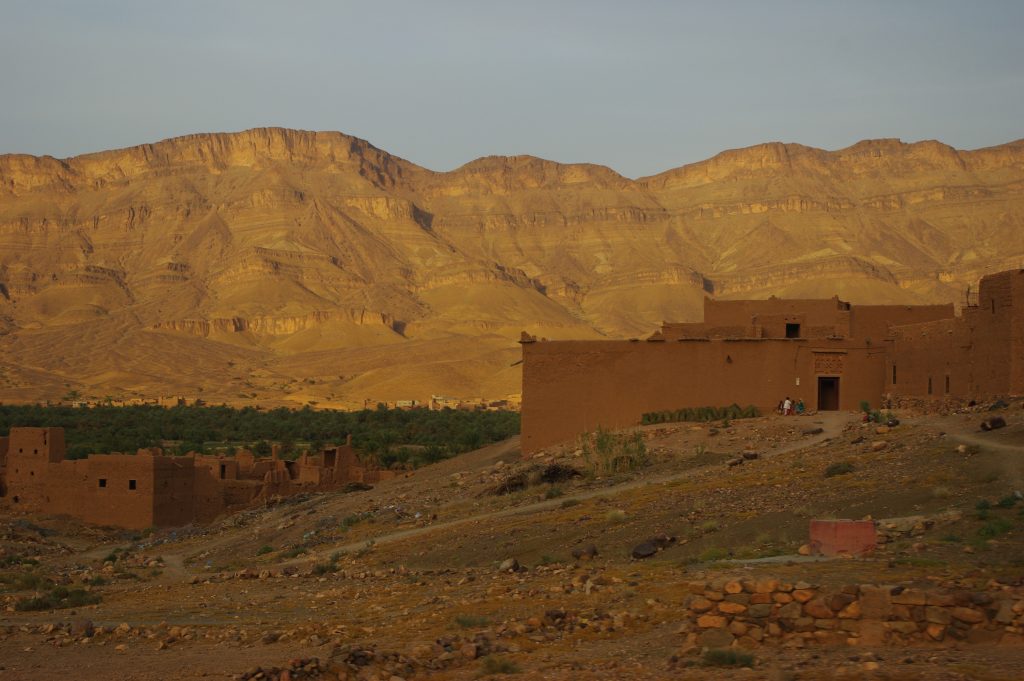Our sincerest condolences to all the afected families.
Within Terrachidia, we have received with great sorrow the news of the recent earthquake that has shaken Morocco, which has caused extensive devastation and loss of life. At these sad and concerning moments, we want to express our sincere solidarity with all those affected by this tragedy. As well as to acknowledge the amazing response that the Moroccan people are showing to their fellow citizens.
The tremor has been felt in large parts of the country, but it has especially struck vulnerable areas, and it is precisely their precariousness that amplifies the impact of such tragedy.
Earthquakes are unpredictable natural disasters, but their consequences can be mitigated with proper urban and architectural planning. There has been much discussion in several media about the fragility of the buildings, attributing the collapse of structures to the poor quality of materials. Mud, stone, old houses are mentioned… But these are rushed conclusions drawn from the shocking images we see.
In this regard, we support the statement recently published by ICOMOS and endorse each of its points. Well-executed and maintained construction mitigates the effects of such events, regardless of whether it was built with one type of material or another, and regardless of the age of the structures. Even the current seismic-resistant building regulations in Morocco consider the use of traditional materials. Mud and stone are the materials that shape the Moroccan landscape and, when used correctly, are perfectly suitable for this purpose. At the same time, poorly understood and executed concrete collapses both in Morocco and elsewhere.
It is crucial to learn from tragic events like the recent earthquake, to strive to build a better future, and to improve the living conditions of vulnerable populations.
Traditional architecture is not only an integral part of Morocco’s cultural identity but also a source of inspiration for a more sustainable and secure approach to construction.
